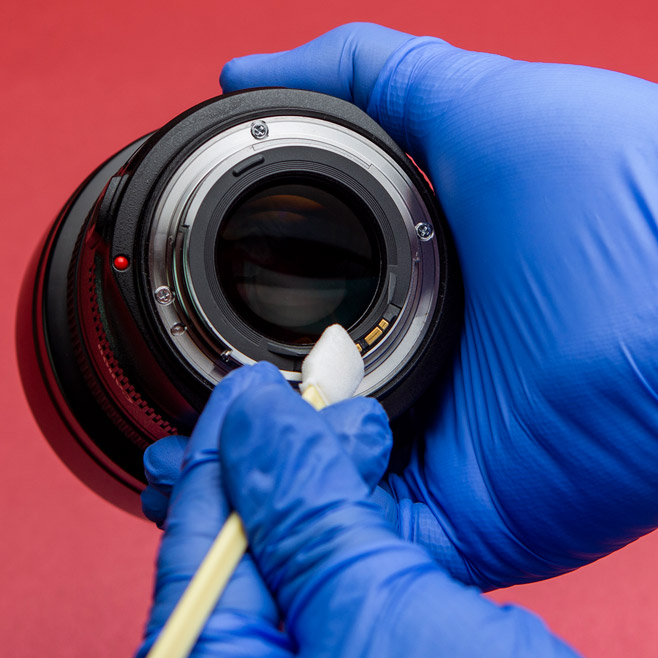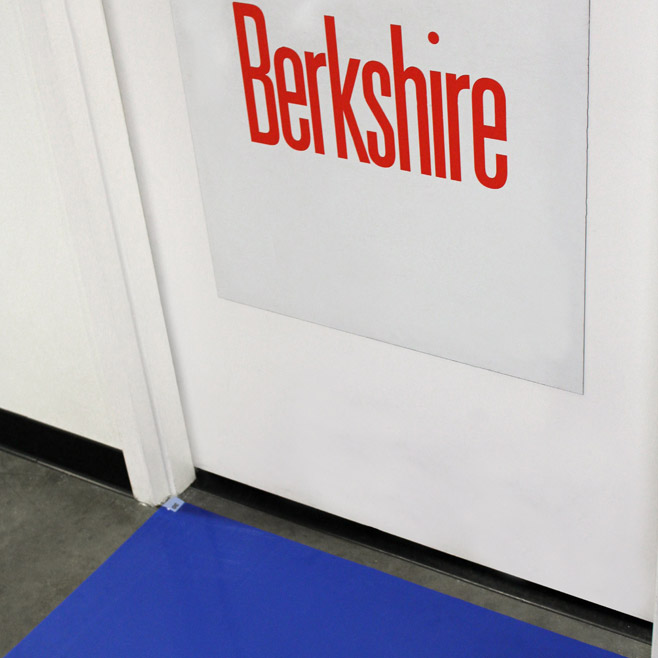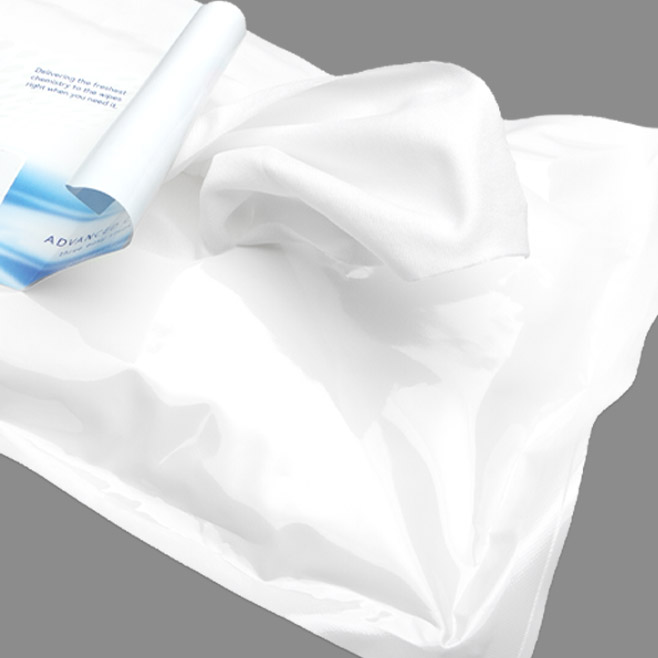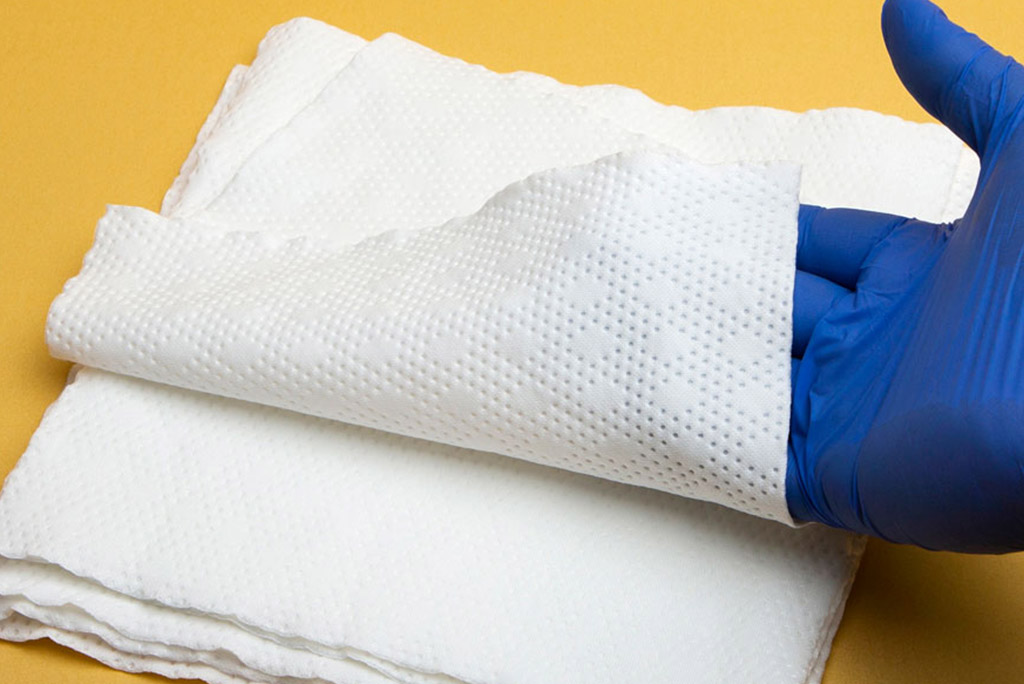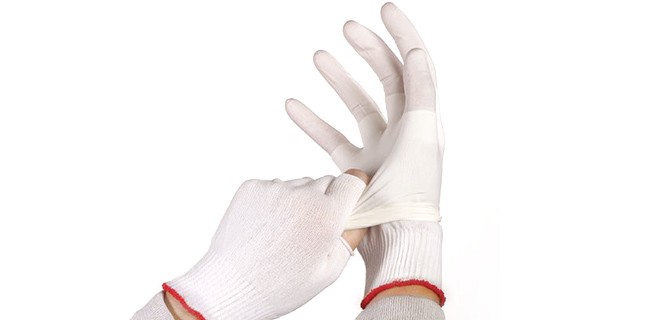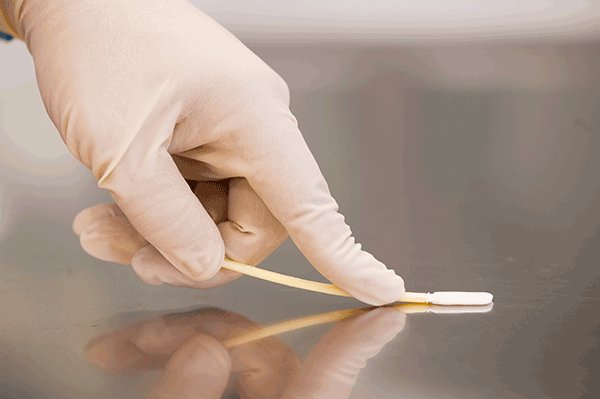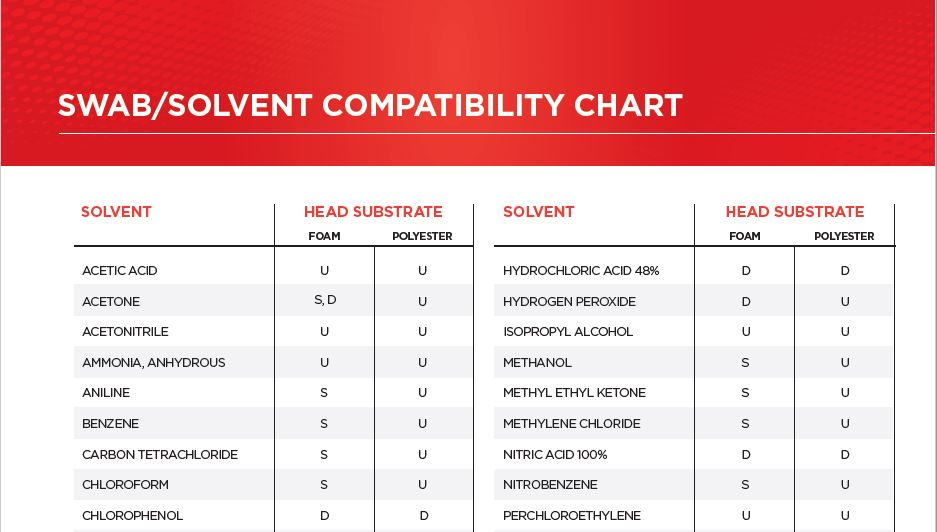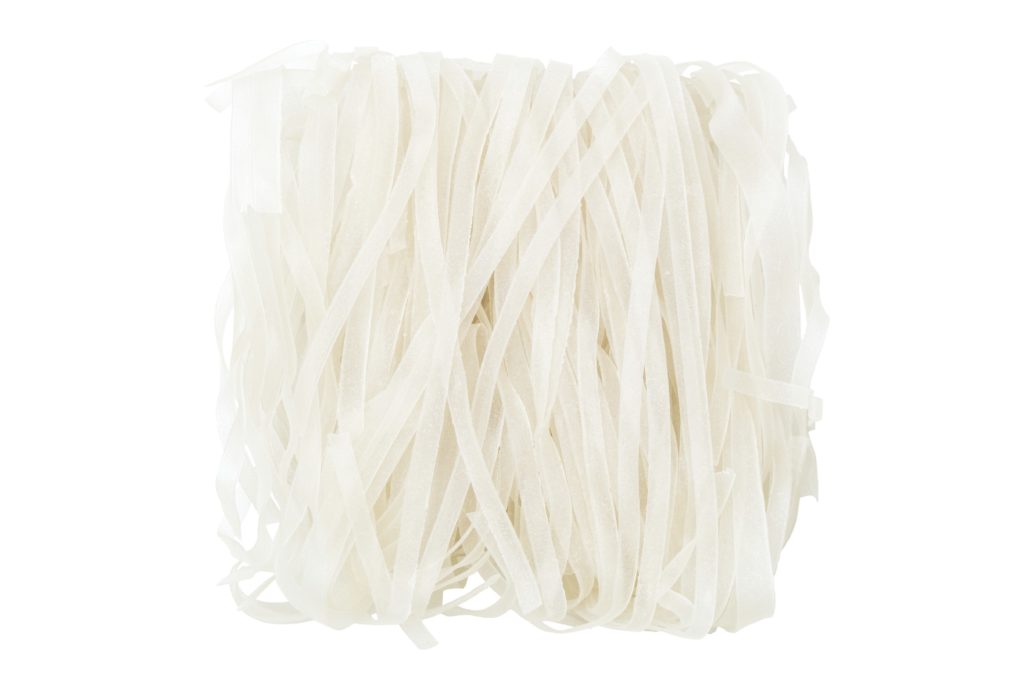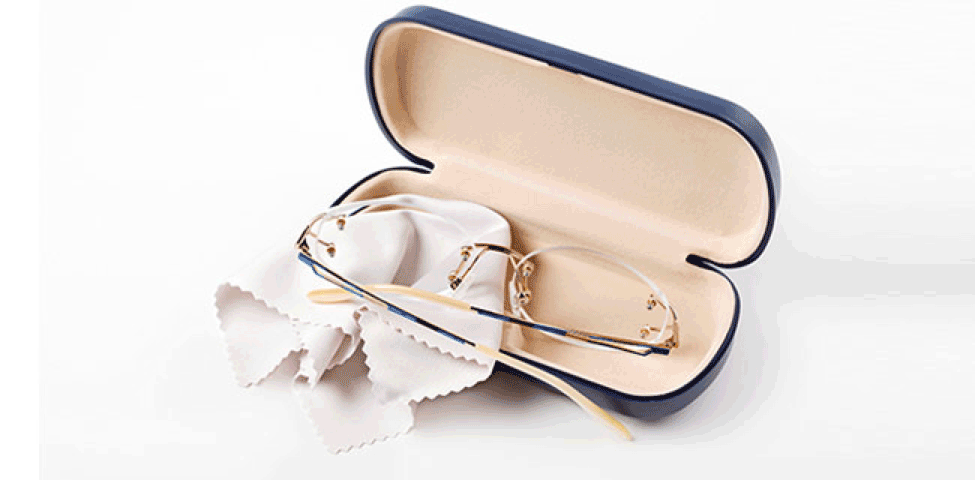Let’s start with a quick story titled “The Mystery of the Talking Plant”. On a dry, wintry day a son calls out to Mom. MOM!!! The plant in the living room is talking to me, really! “What?” “No, seriously Mom. I had just finished vacuuming and the plant next to me started making a buzzing [Read More…]
Tag Archives: Aerospace & Defense
What is the most absorbent cleanroom wipe? The most absorbent cleanroom wiper is MicroSeal SuperSorb, it is a 2-ply cleanroom wipe constructed of 100% continuous filament polyester knit diamond pattern, making it the most absorbent polyester wiper available.
Q: What is the cuff color of the BGL2.200BR BCR® Polyester Half Finger Glove Liners? A: The cuff color is white. Here are all our cuff colors. BCR® Polyester Glove Liners SKU Cuff Color BGL2.20R White BGL2.200BR White BGL2.20L Blue BGL3.20L Blue BGL3.20R White BCR® Single Knit Nylon Glove Liners SKU Cuff Color BGL6.200SB Red [Read More…]
Cleanroom Swabs 101 – Closed Cell Vs. Open Cell Polyurethane Foam Sock Tip Swabs 1. How are sock tip polyurethane foam swabs constructed? Sock tips are made by sandwiching the swab handle between multiple layers of thermoplastic head material. The head material is completely sealed and bonded to the handle with heat and pressure. No contaminating adhesives, silicone, amides, and [Read More…]
Q: Can I use a foam tipped swab with Toluene? Can I use a polyester tipped swab with methyl ethyl ketone (MEK)? What about xylene? A: Click here to download Berkshire’s handy Swab/Solvent Compatibility Chart. This one page guide will show you what swab head substrate is compatible with most common manufacturing solvents. Download the chart
GLOVE LINERS Q & A Question: What Is The Difference Between Polyester Glove Liners And Nylon Glove Liners? Answer: It has to do with the weight. While they are both thin, the polyester is a light weight and the nylon is a medium weight. So if you have a wet, heat or cold sensitive application, [Read More…]
Every time a Quality Manager notices nonconformities related to personnel’s behavior, he needs to find a rapid solution to correct it. This does not always come easy, as the QA Manager has to be firm in eliminating the cause of the nonconformity and, at the same time, have a diplomatic approach, targeting the staff’s awareness [Read More…]
Knitted brows, serious faces. Movement with a strong sense of purpose. No wasted motion. An atmosphere of crisis. Palpable intensity. Something is amiss. Direction from management is clear: “Find the contamination source and fast!” The drop in yields was unmistakable and seemed to come out of nowhere. Something had changed and two weeks of intense [Read More…]
If you’ve purchased a new pair of prescription glasses in the last twenty years, chances are you were given a cleaning “cloth” to keep them in pristine condition. Actually, “cloth” is not best description since the material doesn’t contain any cotton – the word that most often comes to mind when we say “cloth”. Better [Read More…]
Let’s focus on one of the most challenging cleaning requirements for the pharmaceutical industry – cleaning equipment used to manufacture injectable materials – so called “parenteral drugs”. These materials must be made in environments that are absolutely clean and sterile, because there is no opportunity for the drugs to be sterilized after packaging – i.e. [Read More…]






